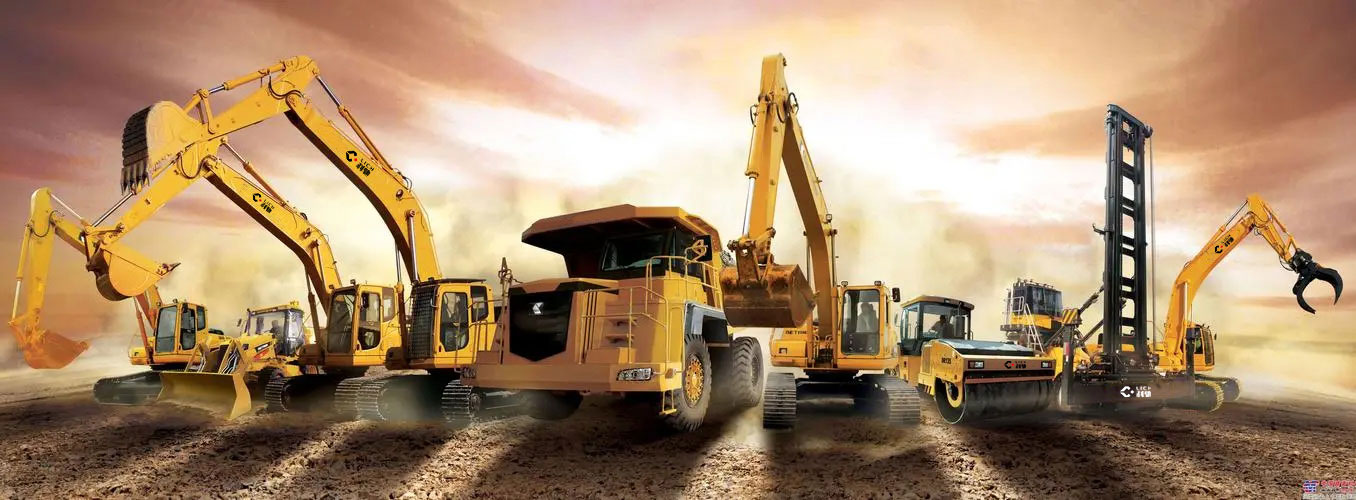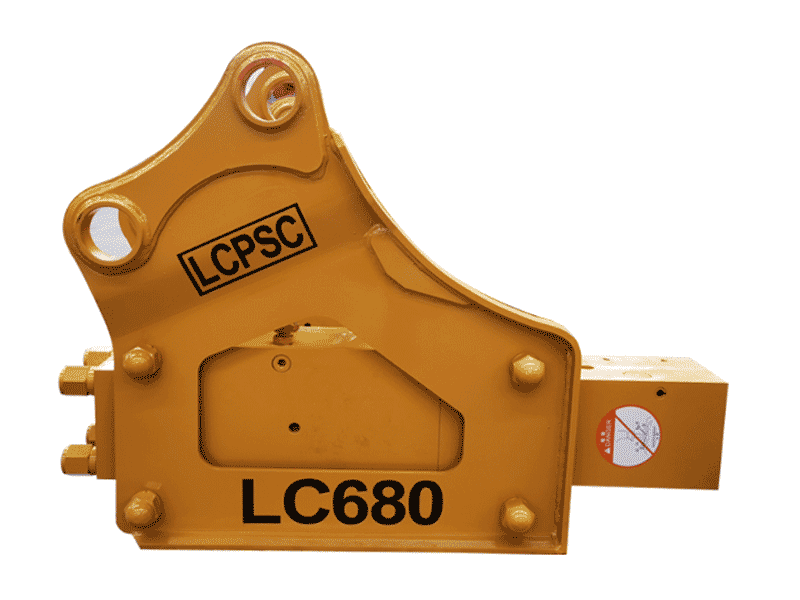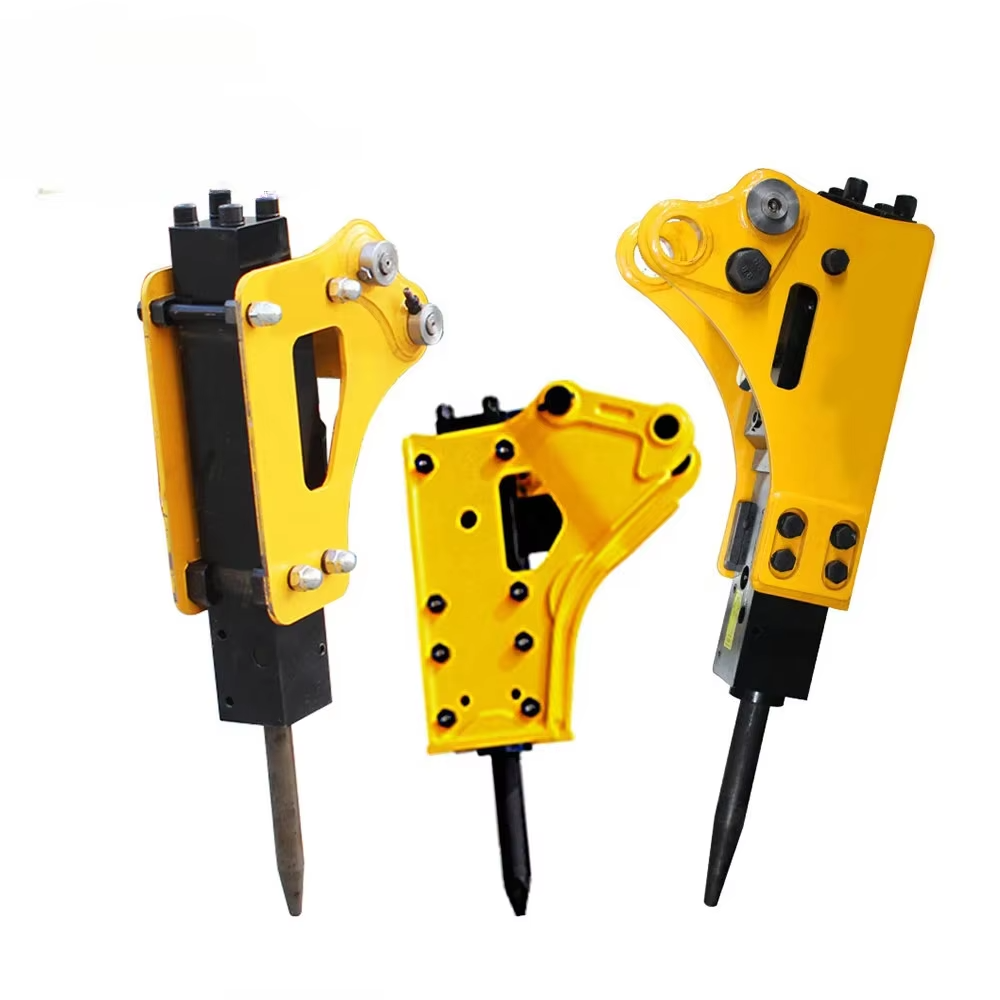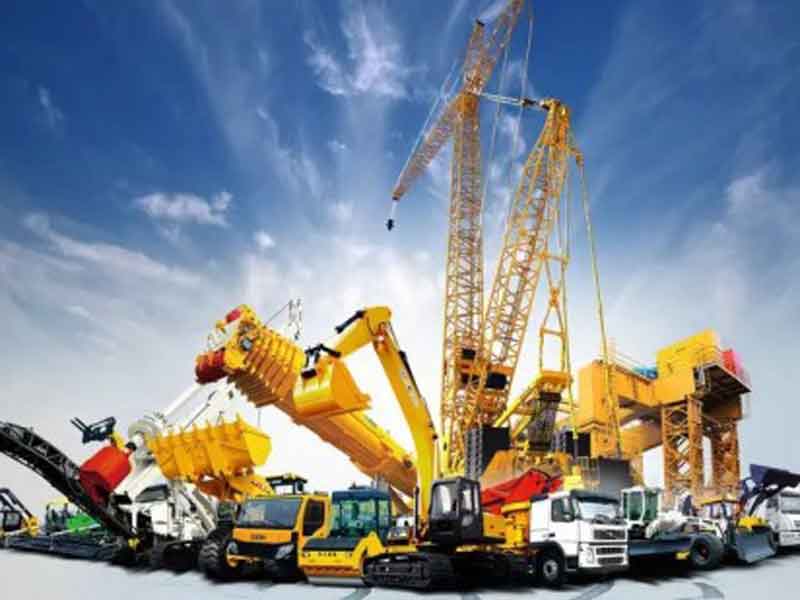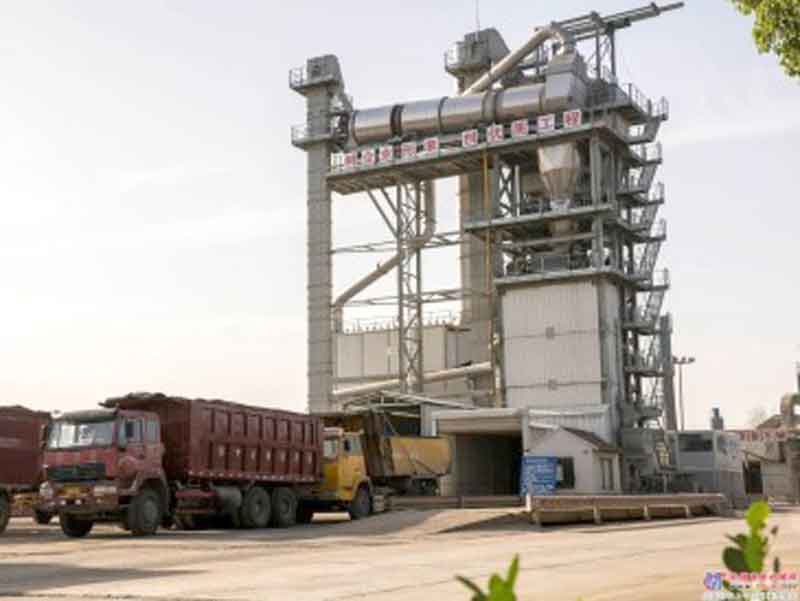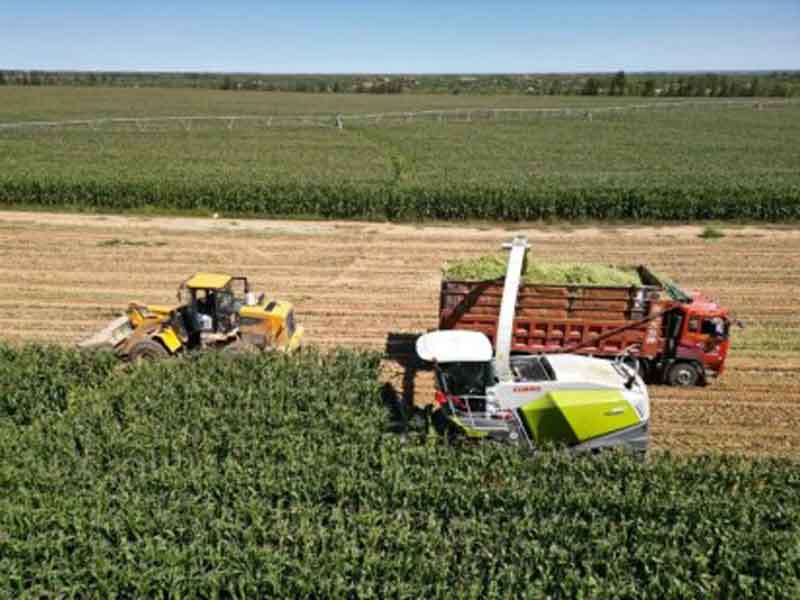Advantages of skid steer loaders in the construction industry
Introduction
On construction sites, you often need to move large amounts of heavy materials that would be dangerous, impractical . Construction equipment like skid steers assist in transporting these materials by keeping the process safe and convenient. The skid steer’s relatively compact size also makes it preferable to larger vehicles like excavators and backhoes when working in more confined spaces.
Common uses
- Demolition: A skid steer is an excellent choice for both exterior and interior demolitions. When outfitted with demolition shears, skid steers can help demolish concrete, drywall, flooring and various other materials. Its precision and compact size make it especially valuable when working in tight spaces.
- Roadwork:Skid steers are also useful for building and maintaining roads. There are numerous ski steer attachments available for roadwork, including ones for mixing cement, demolishing, paving, patching and grading.
- Excavation: As skid steers can move earth easily, they’re frequently used for jobs like excavating, trenching and digging. You can use many attachments for these tasks, including augers, backhoes, wheel saws and trenchers. Depending on the attachment you have, your skid steer can dig anything from narrow portholes to entire foundations.
- Backfilling and grading: You can also use your skid steer for filling in holes, leveling the ground and aerating the earth. A bucket attachment works well for these jobs, although grading bars and rake attachments work even better for leveling jobs. These attachments also allow you to scoop rocks up while leveling the ground without leaving behind large trenches.
- Loading: Equipped with a bucket attachment, a skid steer is helpful for transporting materials and equipment from one part of the job site to another. If you have to transport materials, consider using a vertical lift skid steer instead of a radial one, as the former can handle heavier loads and reach higher.


